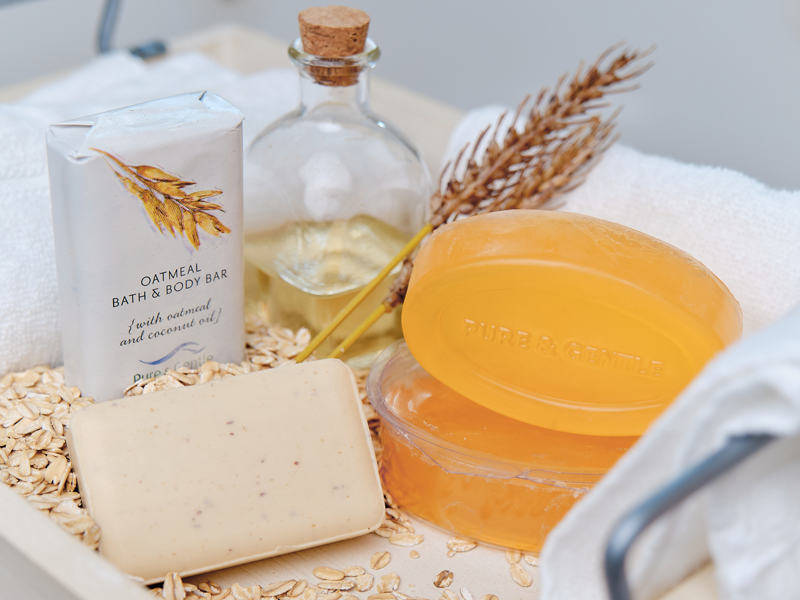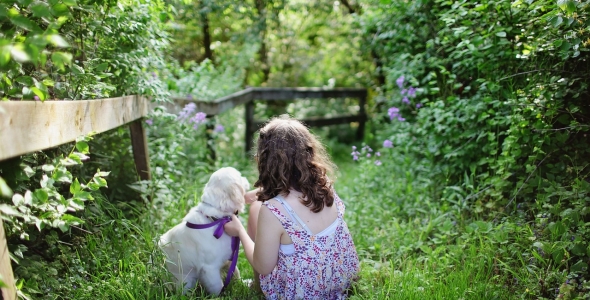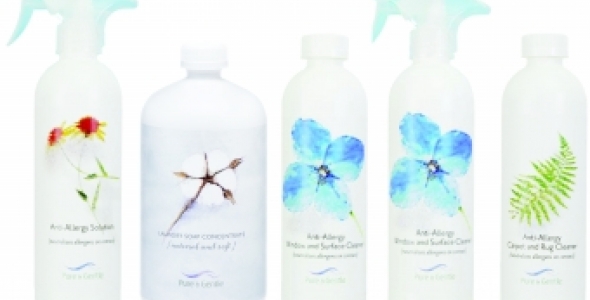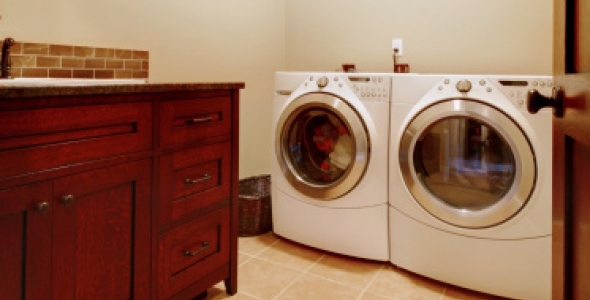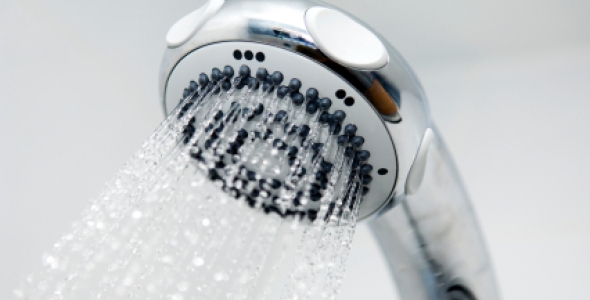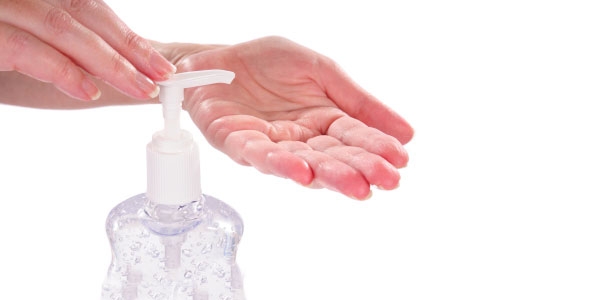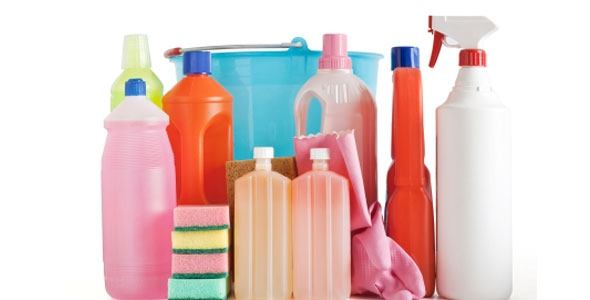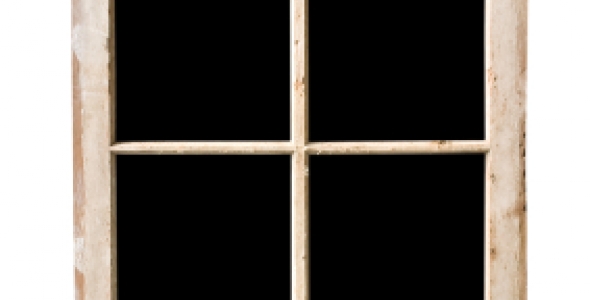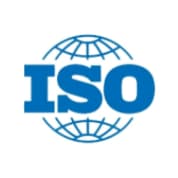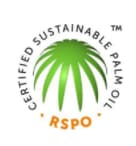People who look for truly green friendly products often encounter dozens of labels that declare goods eco friendly. There’s an insignia for just about every environmental cause in the world, and there are many more than make the vague assertion that a product is simply “green.” Some consumers accept these labels at face value, but others are right to be skeptical of the variety. Most eco-conscious people know by now that not every green product is really green. To decipher the labels, then, we need a bit of direction.
1. Know what you’re looking for. With such a variety of causes in the world, you should be able to identify the label of those you care about most. Whether you’re seeking organic and non-GMO food or want furniture made from sustainably harvested wood, know the organizations that identify those green friendly products, and look for their stamp of approval.
2. Understand where it’s coming from. Green friendly products from Europe and Canada go through a much more rigid approval system to receive an eco label. They tend to be stricter than American systems, but certain U.S. environmental organizations hold products to an even higher standard. Knowing the region and country where it comes from helps you determine how green it truly is.
3. Don’t always trust manufacturers. Unless a brand is built on a commitment to treat the earth well, it’s not a reliable authority for calling its products green. Outside standards, whether from the USDA or independent groups, are more trustworthy declarations that a product is really good for the planet.







